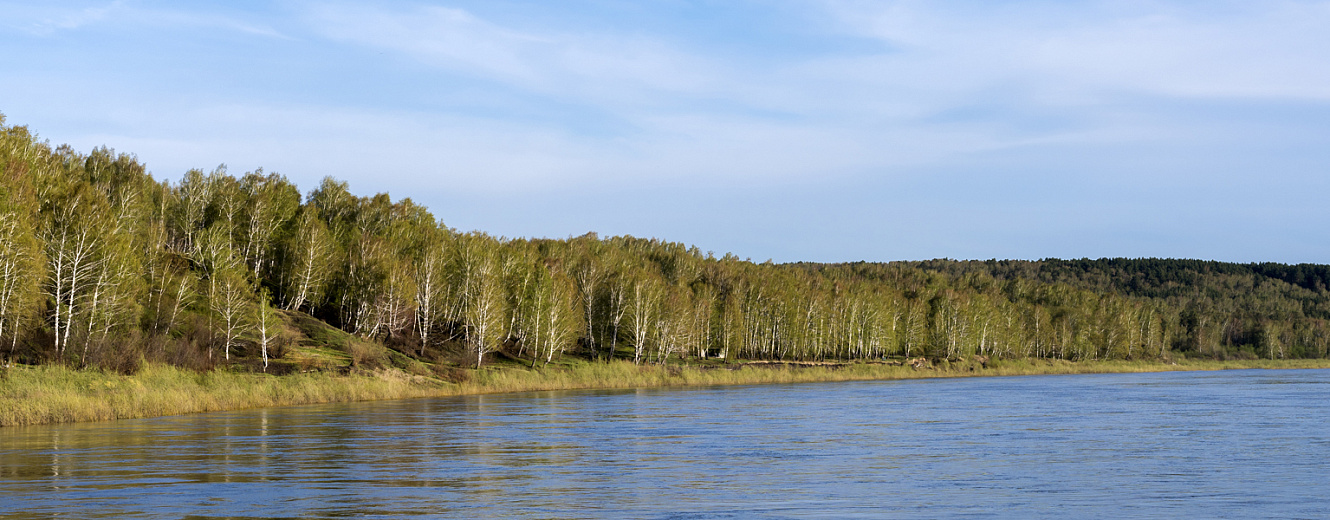The Volga-Baltic Waterway

The Volga-Baltic Waterway fr om north to south consists of the Vytegra Canal, the water distribution canal of the Kovzha river, the White Lake and the Sheksna River. Like the Volga–Don Canal, it connects the biggest lake on Earth, the Caspian Sea, to the World Ocean. Its overall length between Cherepovets and Lake Onega is 368 kilometres (229 mi). Originally constructed in the early 19th century, the system was rebuilt for larger vessels in the 1960s, becoming a part of the Unified Deep Water System of European Russia.
The original name "Mariinsky" is the credit to Empress Maria Feodorovna, the second wife of Emperor Paul I of Russia.
The canal has eight locks, eight hydroelectric power stations and innumerable dams and bridges. The landscape along the Volga-Baltic Waterway has its own particular charm. To this day, the canal is so narrow that the banks, overgrown with trees, are near enough to touch. There are some places wh ere the forest was flooded a long time ago, and only the skeletons of trees rise out of the water.
By damming up the rivers, constructing hydroelectric power stations and flooding, the Soviets changed the natural course of the rivers. Along the riverbank the view alternates between picturesque villages, with typical colorful wooden houses, and gray industrial towns. These forests of deciduous and evergreen trees lend the region a mysterious beauty and form the major source of income here. Timber sites, barges, storehouses and saw mills can be seen all along the canal.
The canal is used for oil and lumber export and for tourism. The Lower Svir Lock is one of the busiest locks on Russia's inland waterways. Since the 1990s the Volga–Baltic Waterway has grown as a tour boat route to sail and/or motor along or around the Golden Ring of Russia. One of the best ways to see the cities and towns along the route is to travel with Vodohod cruises!

